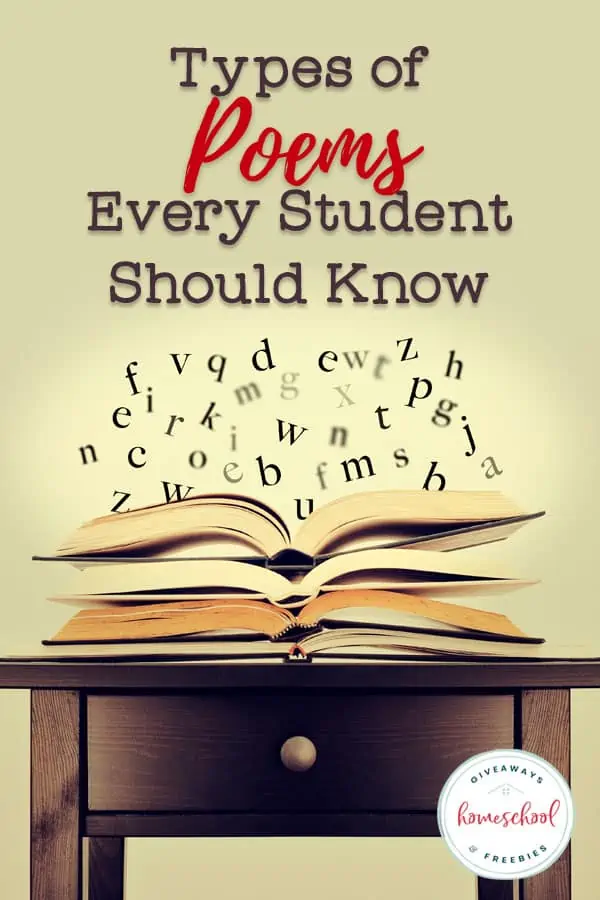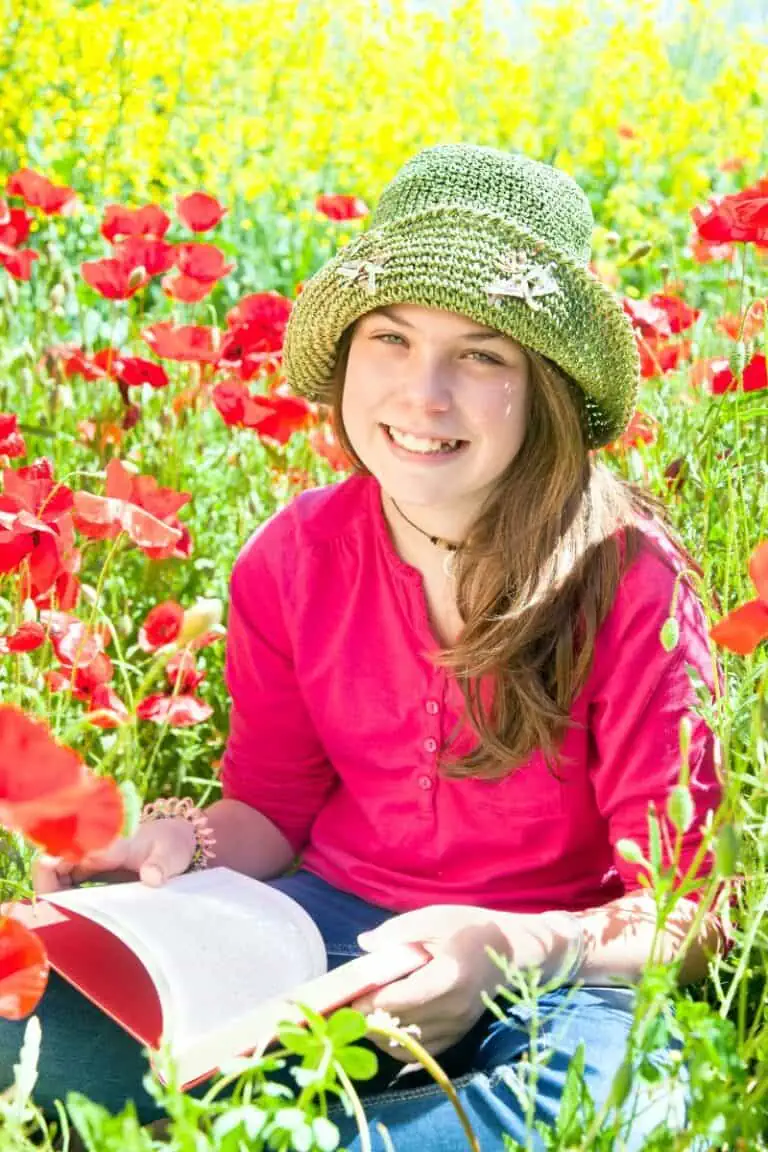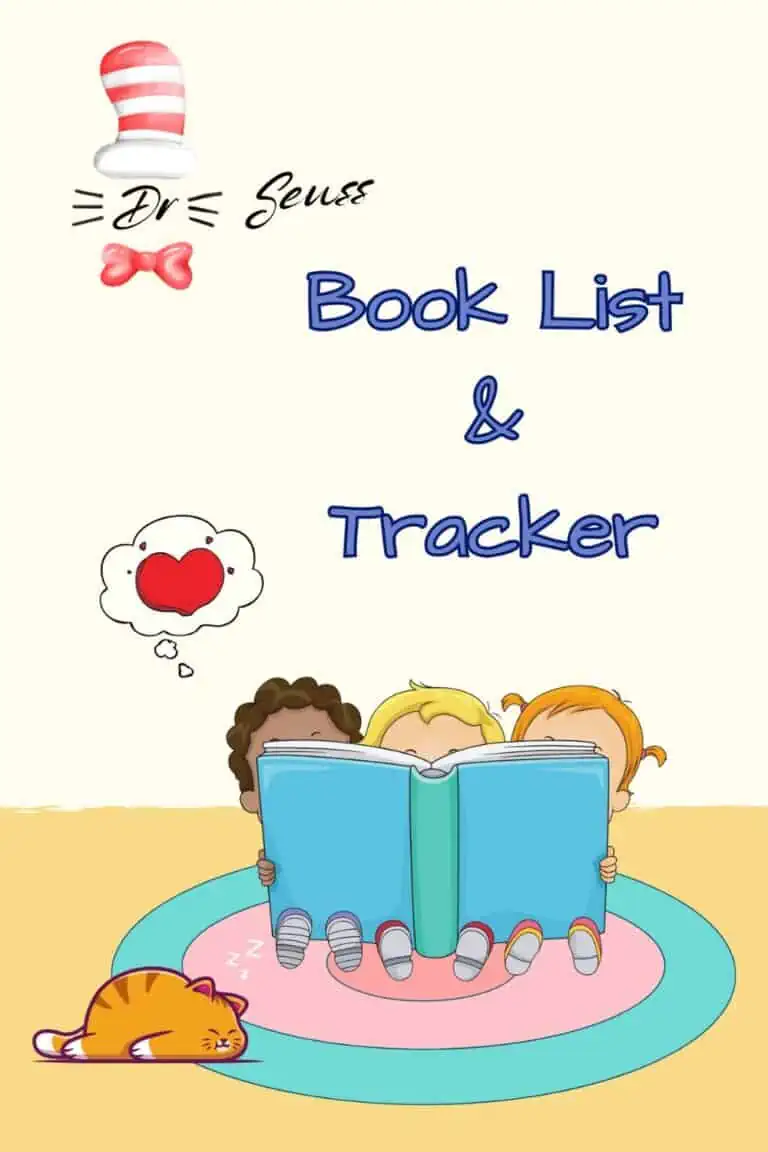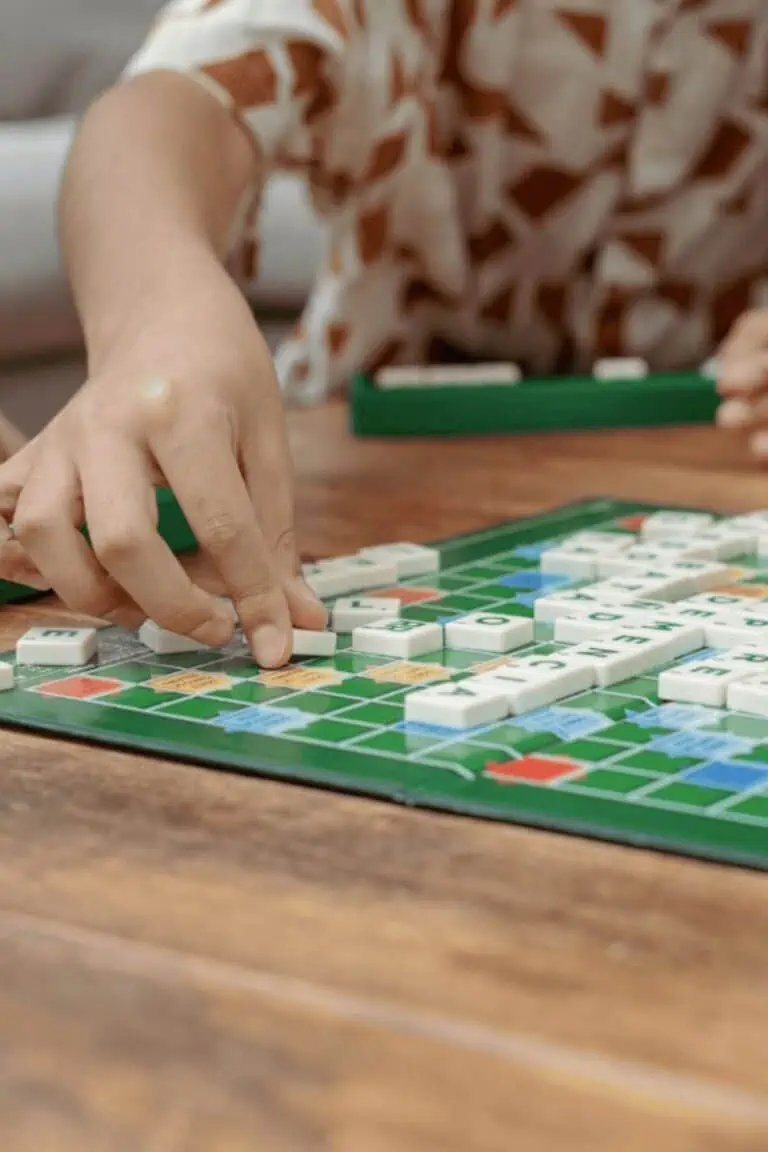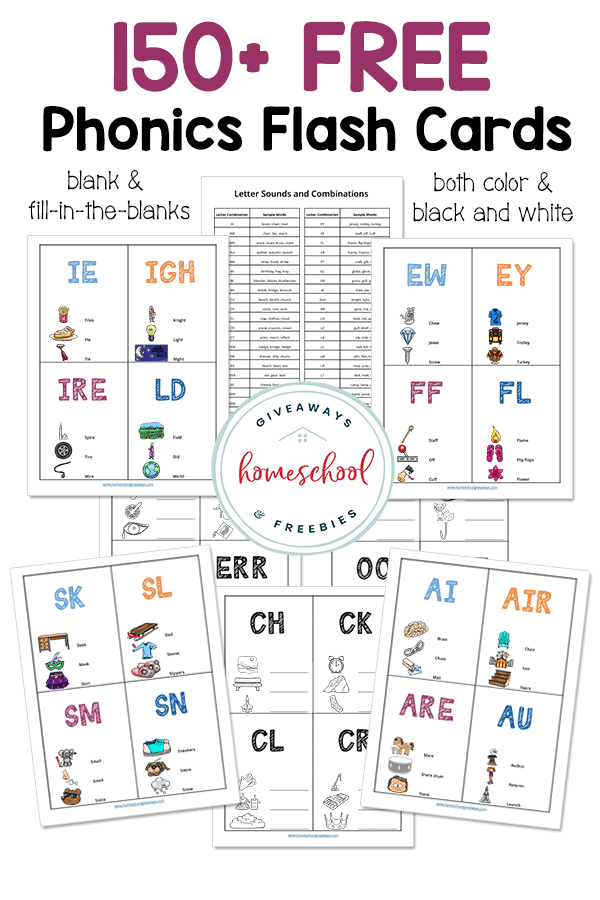Types of Poems Every Student Should Know
Published:
April 12, 2022

Contributor:
Sarah Shelton
Disclosure: This post may contain affiliate links, meaning if you decide to make a purchase via my links, I may earn a commission at no additional cost to you. See my disclosure for more info.
Poetry is a subject that is often over looked or only just barely touched on in a Language Arts or English class. There are so many different forms of poetry and different types of poems your kids should learn about.
Poetry in Homeschool
Many families include poetry readings and recitation during morning time and keep poetry books in a morning basket to read each day. You can also assign poems for your children to read and memorize.
There are even poetry worksheets and printables that you can use to further your homeschool studies.
Poetry in High School
At the high school level you can use poetry as a literature credit and focus on it for a semester or an entire year. Poetry is a beautiful and interesting form of literature that uses words and rhythm to express thoughts and to tell a story.
Incorporating Poetry into Daily Lessons
The great thing about homeschooling is that you can focus on something specific and really dig in. Poetry is one of those things that many homeschoolers focus on through out the school year and incorporate it into their daily lessons.
How many kinds of poetry are there?
Believe it or not, there are over 50 different types of poetry! Not all of these are commonly taught in school. Some of these poetry forms are traditional and popular styles, while others are unconventional and not normally taught in school.
Do poems have to rhyme?
Most people think of poems as rhyming, which is the most common theme. It is what is often taught in the early elementary grades. Poetry does not have to rhyme with a meter to flow and have a poetic feel to it. Poems that do not rhyme are normally called free verse poetry or even streams of consciousness.
Common Poetry Terms
There are a lot of technical terms and words to know when you are studying poetry. We will cover some of these in greater detail further on in this post. Here are 20 of the most common poetry terms you may want to look some of these up to teach your children.
|
|
Forms of Poetry Stanzas
A stanza in poetry is basically what you would consider a paragraph in reading and writing papers. Stanzas divide and break up the poem into parts.
There are different types of stanzas in poetry that normally get their name from the amount of lines that are in that stanza.
Different Types of Stanzas
- The Monostitch is a one line stanza.
- A Couplet is made up of two lines that rhyme with one another.
- The Tercet has three lines. A popular example of a tercet is the Haiku poem.
- A Quatrain has four-line stanzas and they can rhyme or not rhyme.
- The Quintain is a five lined poem that can have any rhyme or meter to it.
- Sestet is a six lined poem that can rhyme or not.
- The Septet is a seven lined poem that is normally found in long poems.
- An Octave poem has eight lines that can stand alone as a poem by itself.
12 Types of Poems All Students Should Know
Like we mentioned above, there are over 50 different types of poems. We have narrowed that list down to 12 of the common types of poetry that all students should know about.
Blank Verse
Blank verse poetry came about in the 16th century. These poems are written most often in iambic-pentameter with 10 syllables per line. The sounds and syllables alternate in a rhythm that sounds almost like a heartbeat and has a strong metrical pattern to it.
Blank Verse Poem Example
Most of William Shakespeare’s monologues are written in blank verse. Here is an example from Romeo and Juliet:
But soft! What light through yonder window breaks?
It is the East, and Juliet is the sun!
Arise, fair sun, and kill the envious moon,
Who is already sick and pale with grief
That thou her maid art far more fair than she.
Haiku
Haiku poems are a form of poetry that originated from Japan. They are a short poem that consists of 3 lines written in a 5/7/5 syllable count. They most often have images from nature and are a lot of fun for kids to come up with. Writing haikus help children to keep track of word count and to think of nature and animal themes.
Most Haikus are unrhymed poetry that is short and sweet.
Haiku Poetry Examples
Mastuo Basho was one of the original poets of Haiku. Here are some of his famous Haiku poems:
A Cloud of Flowers
A cloud of flowers!
Is the bell Uyeno
Or Asakusa?
An Ancient Pond
An ancient pond!
With a sound from the water
Of the frog as it plunges in.
Lyric Poem
Lyric poetry originated from Ancient Greece. It is a short poem that is similar to a song. They were originally written to be performed with musical instruments like the lyre. Most lyric poetry expresses personal emotions and feelings, with a personal feeling of the speaker.
Lyric Poem Example
Sappho was a female poet from Ancient Greece and a famous lyricist. Here is an excerpt from her poem Like the Very gods:
Like the very gods in my sight is he who
sits where he can look in your eyes, who listens
close to you, to hear the soft voice, its sweetness
murmur in love and laughter, all for him.
But it breaks my spirit; underneath my breast all the heart is shaken.
Let me only glance where you are, the voice dies,
I can say nothing,
Acrostic
Acrostic Poems are poetry in which the first letter of each line spell out a specific word or phrase and they do not need to rhyme.
These are creative poems that are fun to do in a class with a group of kids. Children can use their names or the name of a pet, or something that they love. They are also perfect to use around holidays with themes and the name of the holiday.
Example Acrostic Poem
Here is an example of an acrostic poem on the word PARIS that I wrote:
Parisian holiday
A dream of mine
Rich culinary delights
Interesting art
Sounds of music in the streets
Epic Poem
Epic poems are also called an epic. An epic is a long narrative poem that tells a story. They can also be known as heroic poetry as many of the epics follow a story of a hero on a long journey. Did you know there are many popular epics that are actually books?
Examples of Epic Poems
Some of the most well-known epics are so old that the authors are not even known.
Some example of the most popular ones:
- The Odyssey – Homer
- The Illiad – Homer
- The Epic of Gilgamesh – author unknown
- The Aenid – Virgil
- Beowulf – an old English poet
Free Verse
Free verse poems have non rhyming lines that are very similar to the natural way that we speak. There may be a natural rhythm to the poems by the poet, but they do not need to follow any meter or line rules.
Free Verse Poem Example
Walt Whitman is a famous poet who wrote in the free verse style.
Song of Myself – Walt Whitman
I celebrate myself, and sing myself,
And what I assume you shall assume,
For every atom belonging to me as good belongs to you.
I loafe and invite my soul,
I lean and loafe at my ease observing a spear of summer grass.
Sonnet
A sonnet is a one stanza poem comprised of 14 lines. It is written in iambic pentameter and is a very classical form of poetry. There are 3 different types of sonnets that are the most popular: Petrarchan, Shakespearean, and the Spenserian.
Petrarchan Sonnet
The Petrarchan sonnet is considered an Italian sonnet. It has two rhyming sections of eight lines and six lines. An example of this type of poem is:
How Do I love Thee? Let Me Count the Ways – Elizabeth Barrett Browning
English Sonnet
The Shakespearean sonnet is considered an English sonnet. It has three quatrains and a couplet. An example of this sonnet is:
Shall I Compare Thee to a Summer’s Day? – William Shakespeare
Shall I compare thee to a summer’s day?
Thou art more lovely and more temperate.
Rough winds do shake the darling buds of May,
And summer’s lease hath all too short a date.
Sometime too hot the eye of heaven shines,
And often is his gold complexion dimmed;
And every fair from fair sometime declines,
By chance, or nature’s changing course, untrimmed;
But thy eternal summer shall not fade,
Nor lose possession of that fair thou ow’st,
Nor shall death brag thou wand’rest in his shade,
When in eternal lines to Time thou grow’st.
So long as men can breathe, or eyes can see,
So long lives this, and this gives life to thee.
Spenserian Sonnet
The Spenserian sonnet has lines grouped into three quatrains and a couplet. An example of this type of poem is:
Amoretti – Edward Spenser
Fresh Spring! the herald of Loves mighty king,
In whose coat-armour richly are displayed
All sorts of flowers, the which on earth do spring
In goodly colours gloriously arrayed –
Go to my love, where she is careless laid,
Yet in her winters bower, not well awake;
Tell her the joyous time will not be staid,
Unless she do him by the forelock take:
Bid her, therefore, herself soon ready make
To wait on Love amongst his lovely crew,
Where every one that misseth then her make,
Shall be by him amerced with penance dew.
Make haste, therefore, sweet Love! whilst it is prime;
For none can call again the passed time.
Narrative Poems
Some people may wonder if narrative and epic poems are the same thing. The answer is yes and no. They can be classified different ways. A narrative poem is the oldest form of poetry and tells a story. Examples of narrative poems would be the old epics such as The Iliad, Odyssey, and other examples we discussed under Epic poems.
Narrative poetry can also be referred to shorter poems that tell a story. They are not considered a long poem, so they wouldn’t necessarily be classified as an Epic.
Narrative Poem Examples
An example of a shorter narrative poem that tells a story, but is not as long as an Epic would be The Raven by Edgar Allen Poe. It begins setting the stage for a mysterious story and is one of his most famous poems.
Once upon a midnight dreary, while I pondered, weak and weary,
Over many a quaint and curious volume of forgotten lore—
While I nodded, nearly napping, suddenly there came a tapping,
As of some one gently rapping, rapping at my chamber door.
‘’Tis some visitor,’ I muttered, ‘tapping at my chamber door—
Only this and nothing more.’
Paul Revere’s Ride by Henry Wadsworth Longfellow can also be considered a narrative poem that sets the stage of the story of Paul Revere’s ride in the American Revolution.
Listen, my children, and you shall hear
Of the midnight ride of Paul Revere,
On the eighteenth of April, in Seventy-five;
Hardly a man is now alive
Who remembers that famous day and year…
Ode
An ode is a short lyrical style poem that comes from the Greek word aeidien which means to sing or chant. This poem praises someone, or an idea or an event. They originated in Ancient Greece to celebrate athletic victories such as the original Olympic games. Later, English romantics would use this style to lavish and express praise and adoration over a particular person.
Ode Examples
Many odes actually have word ode right in the title. Here are some examples you may want to look up and read with your children. Some sound very romantic and sweet, while others are humorous and are written to pets or objects.
Ode to My Socks – a modern poem written by Pablo Neruda
Verse for a Certain Dog – Dorothy Parker
Ode to the Sun – Eloise Bibb Thompson
Ode on Melancholy – John Keats
Ballad
A ballad is a poem or song that tells a story in short stanzas. Traditional ballads do not normally have a known author. They are songs and poems that are passed down as traditions which is a part of the folk culture.
Ballad Example
Here is the first stanza in a ballad by Herman Mellville:
John Marr and Other Sailors
Since as in night’s deck-watch ye show,
Why, lads, so silent here to me,
Your watchmate of times long ago?
Once, for all the darkling sea,
You your voices raised how clearly,
Striking in when tempest sung;
Hoisting up the storm-sail cheerly,
Life is storm–let storm! you rung.
Taking things as fated merely,
Childlike though the world ye spanned;
Nor holding unto life too dearly,
Ye who held your lives in hand–
Skimmers, who on oceans four
Petrels were, and larks ashore.
Limerick
A limerick is a humorous poem that consists of 5 lines that form one stanza. The first line, second line and fifth line end with rhyming words. The third lines and fourth lines must also rhyme.
A 5 lined poem is called a quintain, also know as a quintet. The best known example of a quintain poem would be the limerick which is a fun and witty poem.
Limerick Examples
Here are some examples of popular limericks from Edward Lear’s Book of Nonsense:
There was an Old Man with a beard,
Who said, “It is just as I feared!–
Two Owls and a Hen,
Four Larks and a Wren,
Have all built their nests in my beard!”
There was an Old Man in a tree,
Who was horribly bored by a Bee;
When they said, “Does it buzz?”
He replied, “Yes, it does!
“It’s a regular brute of a Bee!”
Rhymed poetry
A rhymed poem is the most common form of poetry that kids are familiar with and what they are normally taught at a very young age.
Rhymed Poetry Examples:
The fat cat
Sat on a mat
Another example of a rhymed poem:
Roses are red
Violets are blue
Sugar is sweet
And so are you
In Conclusion:
As you can see the world of poetry is very diverse and full. There are so many different types of poetry to study and learn about. You and your children will have fond memories reading and learning together poetry and poets from ages past and to current modern times.

